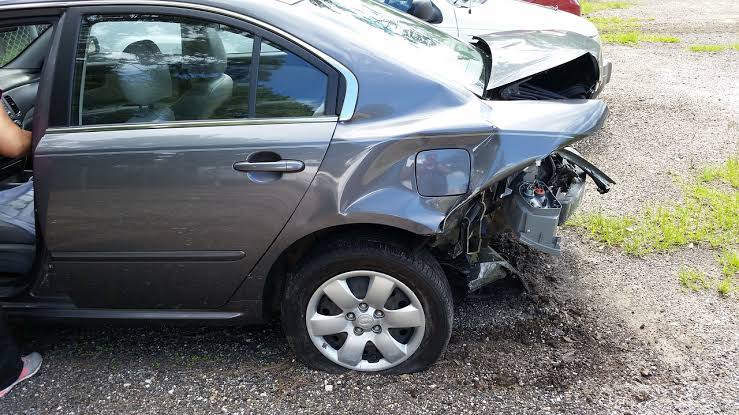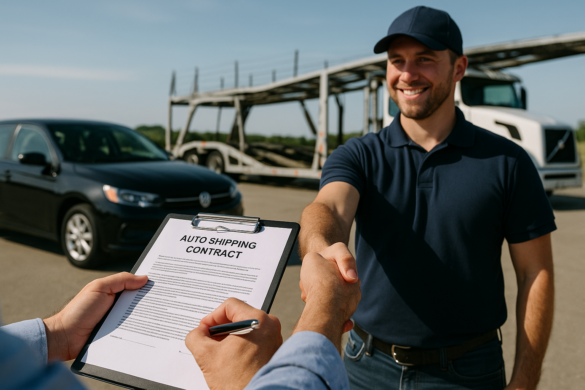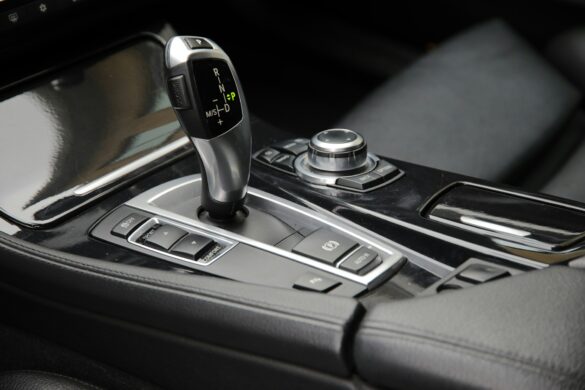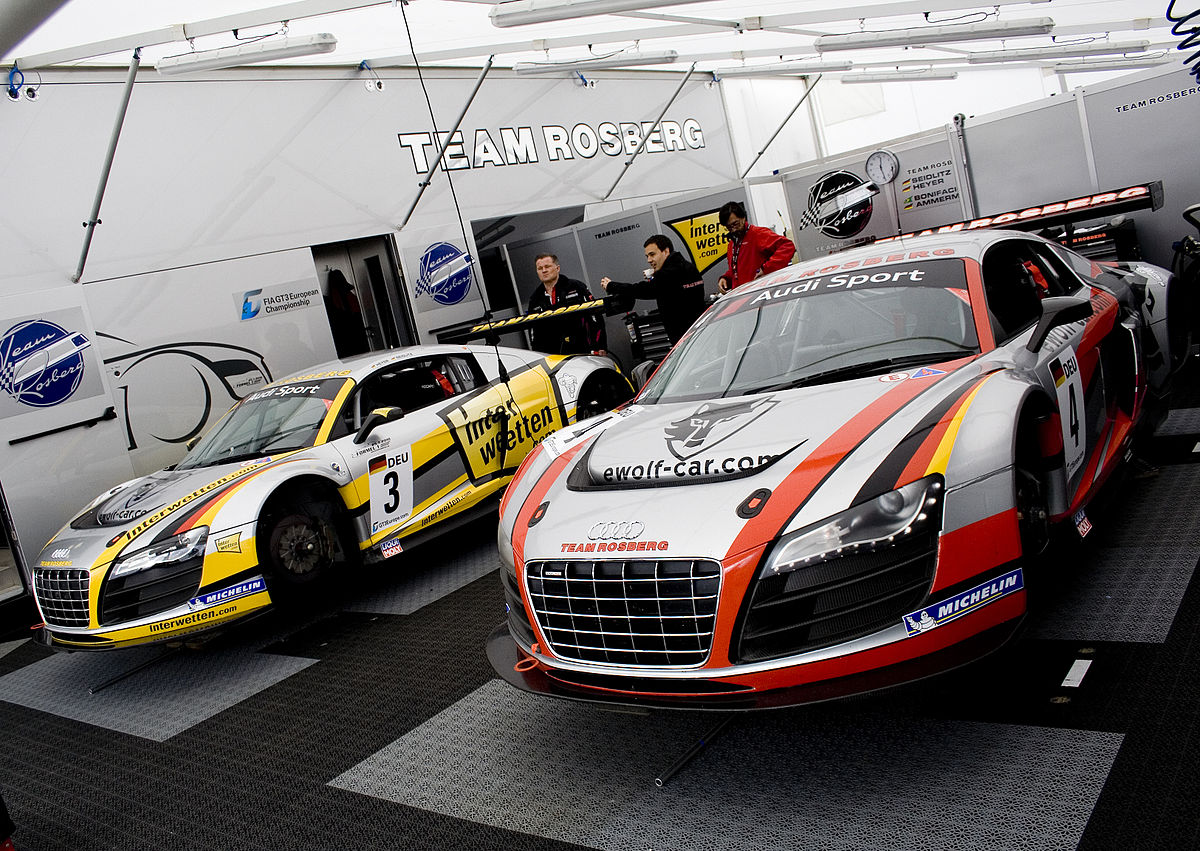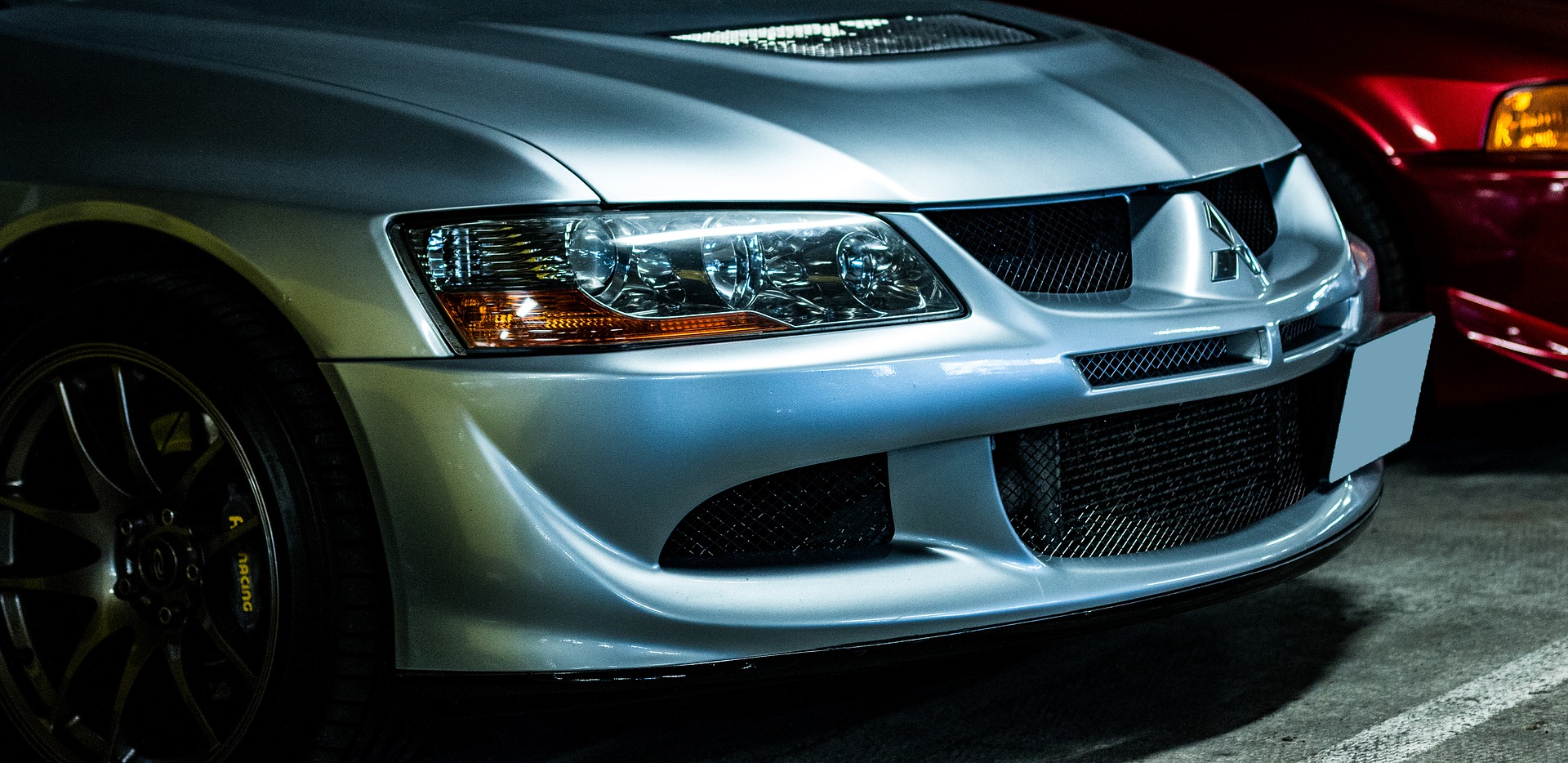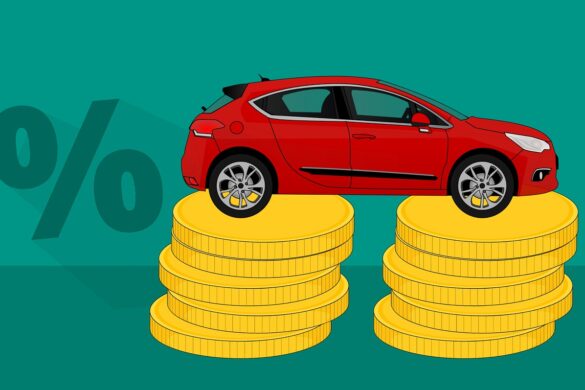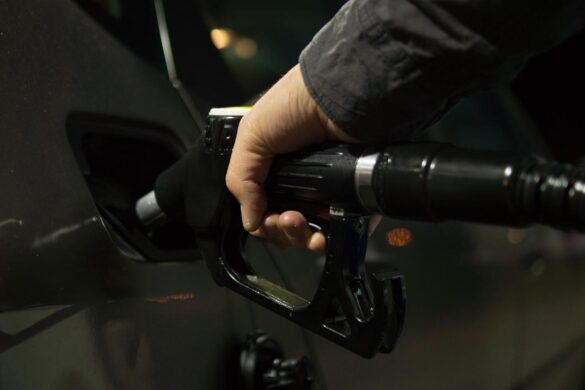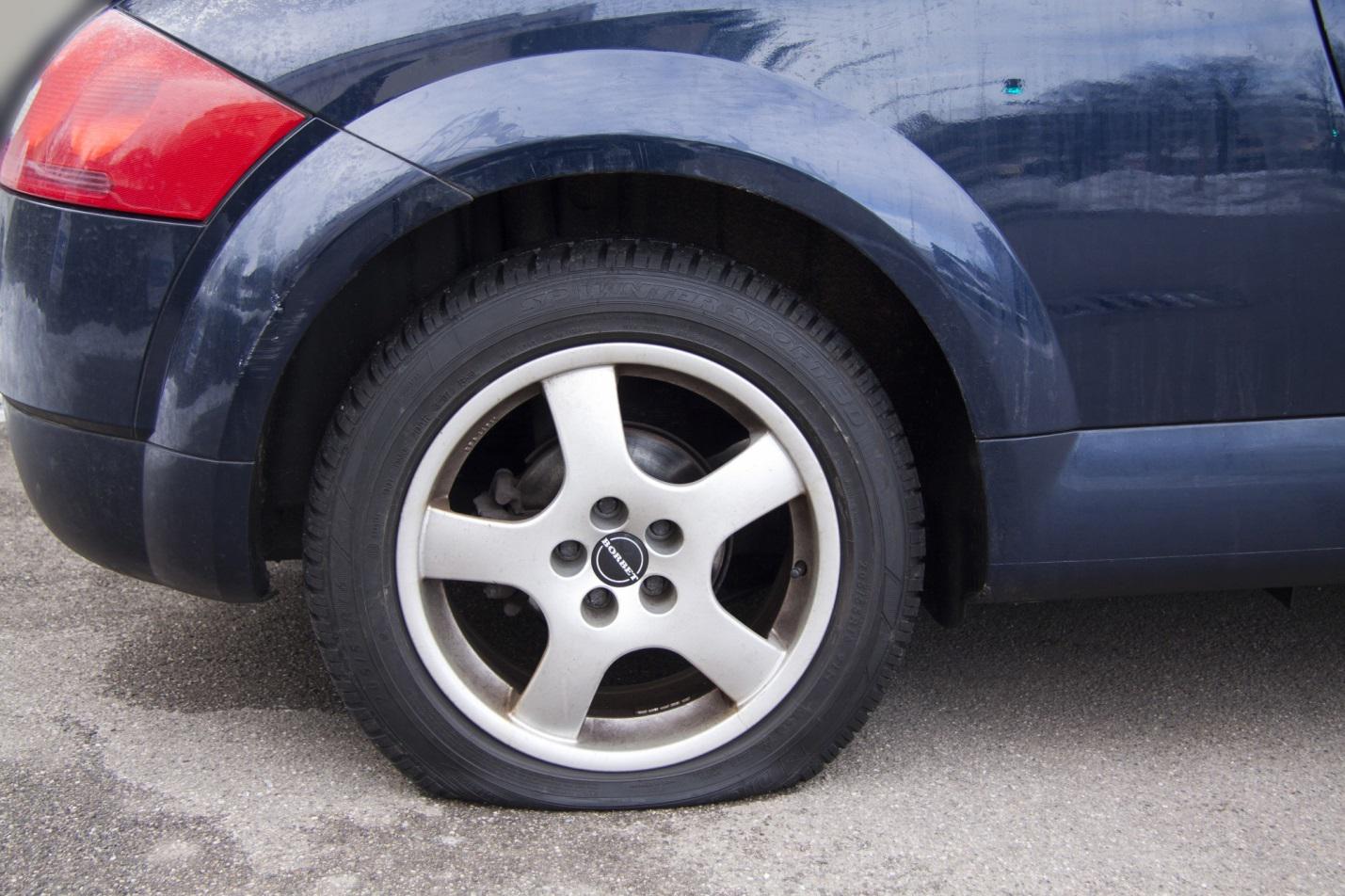Introduction
The commercial auto glass sector is experiencing significant changes due to advancements in automotive design, including increased durability, new technologies, and stricter safety guidelines. These changes are crucial for businesses to ensure safety and extend fleet lifespan. To find reliable auto glass repair in Macon, GA, understanding these developments is essential. The complexity of maintaining and upgrading commercial auto glass necessitates constant adaptation from vehicle owners, fleet operators, and repair professionals. As technology and sustainability drive design and regulatory requirements, fleet operators and commercial drivers will require services that meet these evolving standards.
Advanced Materials Enhancing Durability
Commercial auto glass materials are transforming the transportation sector, with laminated glass replacing traditional tempered glass for added strength and durability. This architecture not only reduces break-ins and downtime but also maintains glass integrity during accidents, reducing injury risks. The evolution towards impact-resistant and scratch-proof coatings extends windshield lifespan and reduces replacement frequency, making commercial auto glass more reliable.
Integration of Smart Glass Technologies
Technological innovation is now quintessential in commercial vehicle design, especially in fleet management and long-haul transport. Smart glass technologies, including heads-up displays (HUDs), augmented reality overlays, and electrochromic (auto-tinting) glass, are being integrated into windshields and windows. These advancements help drivers by projecting critical information directly in their line of sight, reducing distractions and enhancing safety. While these features improve functionality, they also raise the bar for precision during installation and repairs—as smart sensors and HUDs require seamless recalibration post-installation to perform safely and accurately.
Impact of Electric Vehicles on Auto Glass Design
Electric vehicles (EVs) are fundamentally reshaping how auto glass is designed for commercial fleets. The push for panoramic glass roofs and expanded cabin windows in EVs allows more natural light, reduces energy demand for interior lighting, and supports a modern, open vehicle aesthetic. These large glass sections demand advanced glazing to maintain weight efficiency and crash safety. Additionally, motorized roof panels and specialized tint coatings are developed to improve thermal regulation without compromising vehicle performance.
Importance of ADAS Calibration in Auto Glass Replacement
Modern commercial vehicles are frequently equipped with advanced driver assistance systems (ADAS), which rely on precise camera and sensor integration, often built into the windshield. Whenever commercial auto glass is replaced, these critical systems must be recalibrated to ensure proper functioning of features like lane keeping, collision avoidance, and adaptive cruise control. Repair shops increasingly offer in-house ADAS calibration, streamlining workflows and reducing vehicle downtime for commercial fleet operators.
Regulatory Changes and Safety Standards
With advanced safety technology now embedded in auto glass, regulatory changes are on the horizon. Federal Motor Vehicle Safety Standards (FMVSS) updates and insurance companies are requiring certifications for commercial auto glass repair and replacement. Certification processes, such as those set by the Auto Glass Safety Council (AGSC), help ensure repairs meet all safety requirements and are performed by qualified professionals, minimizing liability and ensuring commercial vehicle fleets are road-ready under the new legal frameworks.
Sustainability and Environmental Considerations
Green innovation has become a priority in commercial auto glass production. Manufacturers are developing glass with higher percentages of recycled content, more energy-efficient production methods, and improved end-of-life recyclability. Technologies such as solar-reflective coatings and integrated solar cells not only help in keeping interiors cool but also support the energy sustainability objectives of commercial vehicle operators. These efforts directly reduce fleet carbon emissions, driven by growing regulatory and consumer demand for environmental responsibility.
Aftermarket Trends and Consumer Preferences
The aftermarket for commercial auto glass is expanding, as older vehicles stay on the road longer and demand for specialized, feature-rich replacement glass increases. Commercial fleet managers seek glass replacement options with integrated UV protection, sound insulation, and impact resistance. These preferences push aftermarket suppliers to offer products that not only match but often exceed original equipment (OE) standards, giving business owners additional value and peace of mind for their investment.
Future Outlook and Industry Predictions
The commercial auto glass industry’s future will be defined by increased adoption of technology and sustainability. Automated installations and AI-driven calibration processes are likely to become commonplace, reducing human error and expediting windshield replacement. Companies investing in technician training, up-to-date certifications, and eco-friendly product lines will be best positioned to serve evolving client needs. As regulatory bodies roll out higher safety and environmental benchmarks, forward-thinking businesses will drive the industry’s rapid transformation.

